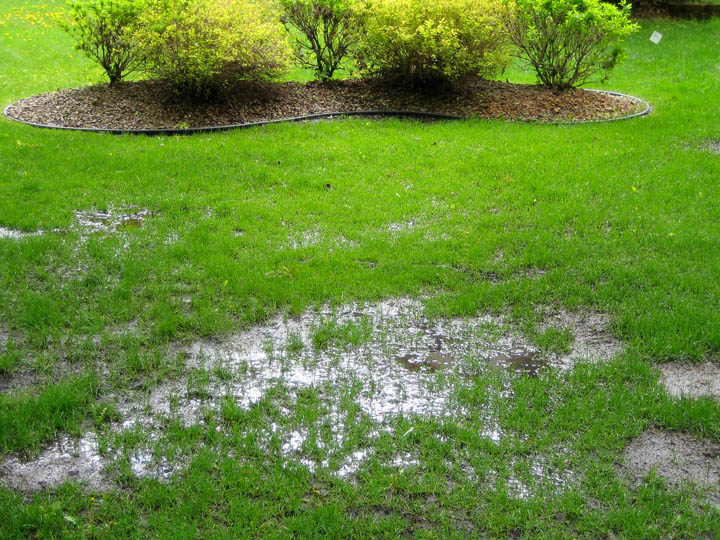What if we told you that you could kill two birds with one stone when it comes to preventing your basement from flooding. Some flooding problems may be directly related to the landscaping around your house, so you may be able to stop your basement from flooding while updating your landscaping. Here are a few tips on what you can do to your landscaping to prevent flooding.
- Grade your lawn in the proper direction
Landscaping that grades towards your house, instead of away from it, may lead to flooding in your basement. You want to ensure that you are not directing water towards your house when it drains. You also want to make sure that there is not standing water near the base of your home. To counteract this, you can install a dry creek bed in your yard or landscaping to provide an easy path for water to flow away from your home.
- Be mindful of where water approaches your house
If you notice that your basement is flooding during moderate rains, see exactly where it is coming in from. It is possible that your sump pump is not dispelling water far enough from your home.
- Leave a gap between mulching and siding
When you are adding mulch to your landscaping, be sure to leave a gap between the mulch and the siding on your house. Mulch is typically porous and will soak up moisture, so you don’t want it touching your siding or it can rot it away.
- Direct your downspouts
Your downspouts should adequately direct water away from your house. If your downspout is too short or is directed towards a divot in your yard, your downspout can cause water to pool near your foundation. During a rain go outside to ensure that the water coming from the downspout is flowing away from your home.
- Create a grass barrier
Use grass to create a barrier and create a path for the water to drain. If you haven’t noticed, directing water away from your house is the main theme of this article.
Next time it rains, get outside to see how your exterior is holding up. Even if your basement doesn’t typically flood, oversaturated soil can cause flooding, and you never want standing water pooling near your house. If you have tried all of this and are still noticing that your basement is flooding, or to discuss other options, give us a call to set up your free consultation.

